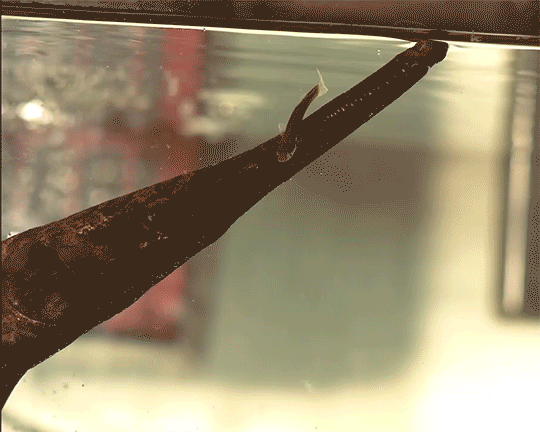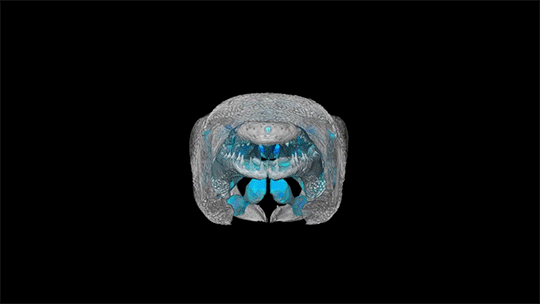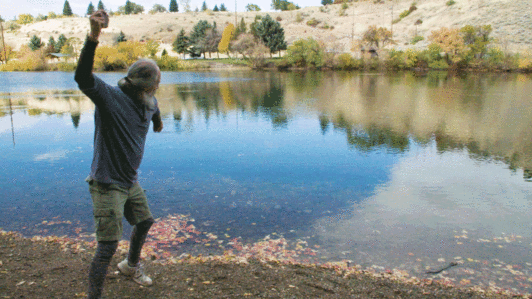Whether in groups or as individuals, humpback whales are canny hunters. They herd prey together by encircling them and releasing bubbles that form a “net” that bars escape. Then, the whales lunge through the center with open mouths, gathering prey. Scientists have long wondered whether humpbacks’ unusually long pectoral fins played any role in their hunting. New drone observations of whales feeding (see video below) are beginning to provide some hints.
The scientific teams observed multiple individual whales feeding under the same circumstances and found that the whales used their fins quite differently. Both used them as additional barriers to prevent prey from escaping, but one whale favored a horizontal fin position that created currents that helped sweep prey into its mouth. The other whale used a more vertical fin position that, while hydrodynamically unfavorable, exposed its bright underside, which seemed to startle prey into fleeing into its darker, more inviting mouth. (Image credit: K. Kosma; video credit: M. Kosma; research credit: M. Kosma et al.; via Science)


















